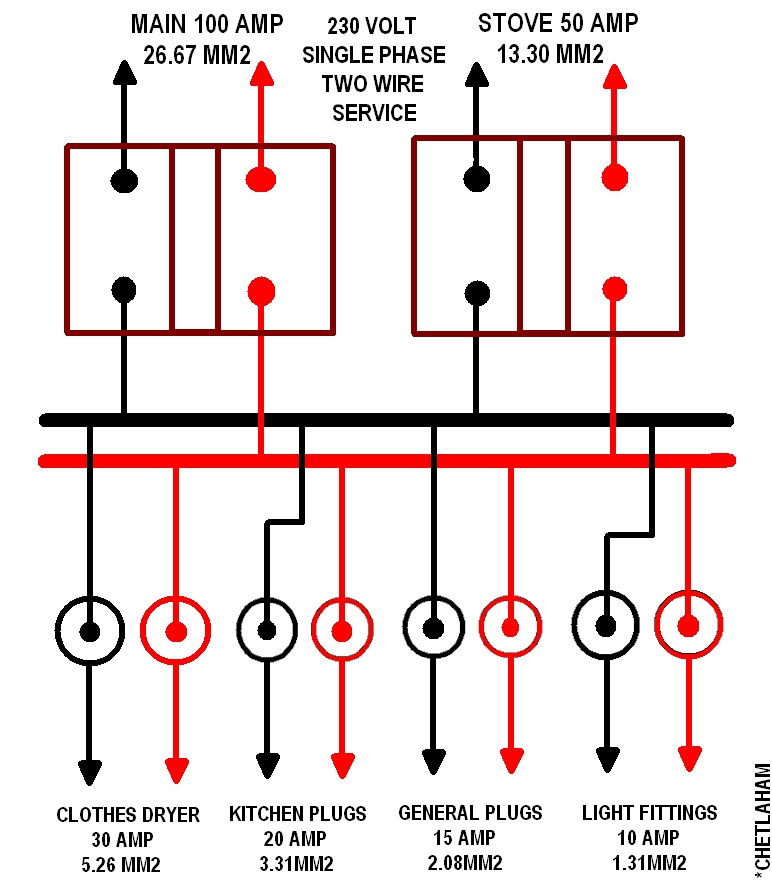Neat guide to using electricity in the home
Thanks for posting Tom, it always amazed me, how they started to wire homes in this country and such an efficient and safe manner, my cousins house was built in the late 20s and even though wiring has been added to considerably the original wiring in the house is still working fine.
When I look around my house that was built in 1955 all the original wiring is still working just fine. Some of the plumbing fixtures are still working fine, obviously there’s been a vast amount of wiring added to the original wiring and plumbing as well but a lot of the original stuff is serving beautifully.
The original wiring was all tin plated copper wire inside BX metal casing, all the wiring that I added to the house over the past 40 years I also did in metal casing andall metal boxes no plastic boxes anywhere.
John L

